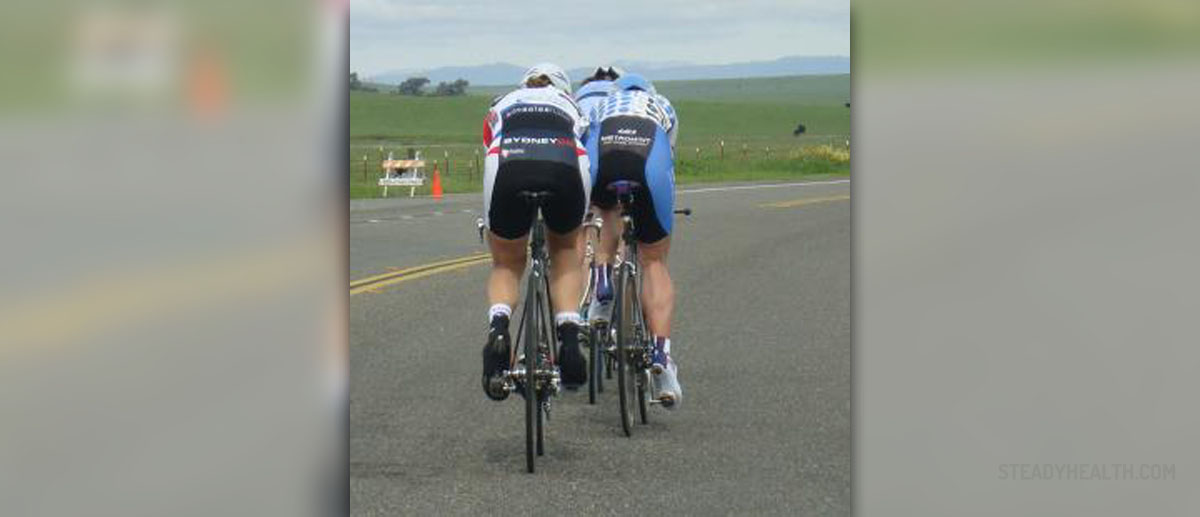
Description
Calves are the muscles which are positioned on the back side of the lower parts of the legs and they are connected with the inner part of the knee and with the heel bones by the Achilles tendons. They are made of the very strong muscular tissue, but if great pressure is put on them, the calf injuries are likely to happen, and they are most common among the sportsmen and among the people who are not well prepared for some demanding activity, as far as these muscles are concerned.
So, the pain is usually the result of the torn or pulled calf muscle fibers and these injuries differ only by the extent to what the tissue is damaged (it can be only strained a little bit, or totally discharged from the tendon). So, logically, these injuries are caused by the abnormal stretching, although the processes of both, the stretching and warming up, are compulsory to be done after and before every workout. That is, the stretching must be moderate and done only up to the limits the muscular fibers allow.
But, as already said, the pain can be provoked by some other triggers, as well, such as the lack of magnesium, calcium and by not having enough water in the organism.
Treatment
However, fortunately, the type of the pain is a good indicator of the type of the injury. For example, if the pain can be described as the ache, the injury is moderate, and if only there is a sense of the rigidness of a calf, the injury is not so serious. However, in the cases of the completely torn muscular fibers, these muscles can hardly be used at all and the period of regeneration and rehabilitation usually lasts at least three months.
So, the first step in treating the injured calf is to get a lot of rest and to stay away from any movements that require the contractions of this muscle for the period of at least 7 days. This period of the rehabilitation should include the application of anything cold onto the affected region, so that the swelling and the pain could be lessened. Also, the leg should be kept in the upright position, in order to achieve the same goal.
In most of the cases, the surface of the skin of the affected region also becomes more sensitive to touch, but it is not the reason to worry, since it is one of the normal consequences.
And finally, at the point when no more pain is felt and the swelling is gone, some mild stretching sessions should be practiced.





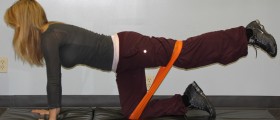



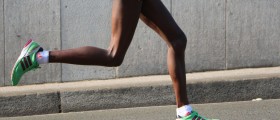





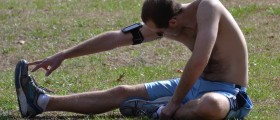
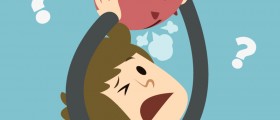
Your thoughts on this
Loading...